Time to upgrade oneself is always around the corner! The world is changing and in today’s rapidly evolving digital landscape, staying abreast of the latest technology trends is not just advantageous; it’s essential for businesses, professionals, and tech enthusiasts. The technological world is on the brink of a revolution, where innovations are reshaping industries, automating processes, and enabling futuristic experiences. The post-pandemic era has further accelerated digital transformation, prompting organizations to adopt cutting-edge technologies for a competitive edge.
By 2024 and 2025, the trends in artificial intelligence (AI), robotics, blockchain, and immersive technologies will take on even more significant roles. These advancements are not just about enhancing productivity or streamlining processes. They have broader implications for how we work, live, and interact with the world around us. Whether it’s through AI-driven customer service platforms, autonomous vehicles, or the shift toward sustainable energy solutions, technology is poised to transform various sectors, from healthcare and education to transportation and entertainment.
This article will explore the top 15 trending technologies to watch out for in 2024 and 2025. These innovations will influence industries, create new job opportunities, and redefine what’s possible. Each technology offers its unique set of features, benefits, and challenges, providing a glimpse into the future of global business and societal interactions.
Table of Contents
Artificial Intelligence (AI) and Machine Learning (ML)
Blockchain and Decentralized Finance (DeFi)
Cybersecurity and Zero-Trust Architecture.
Sustainable Energy Technologies.
Biotechnology and Genetic Engineering.
Human Augmentation and Brain-Computer Interfaces (BCI)
Advanced Aerospace Technologies.
Artificial Intelligence (AI) and Machine Learning (ML)
Key Features:
- Self-learning algorithms
- Data-driven insights and analytics
- Automation of complex tasks
- Natural language processing (NLP) improvements
Artificial Intelligence (AI) and Machine Learning (ML) continue to evolve, becoming integral to nearly every industry. By 2025, AI is expected to revolutionize business operations, providing intelligent insights, predictive analytics, and enhanced decision-making capabilities. AI-powered systems, like chatbots and virtual assistants, will improve customer service, handling complex queries with human-like accuracy.
Moreover, AI is enabling automation in sectors like manufacturing, finance, and healthcare. Machine learning algorithms are becoming increasingly sophisticated, allowing systems to learn from data without explicit programming. Innovations in neural networks and deep learning are helping machines perform tasks previously thought to require human intelligence, such as medical diagnostics, predictive maintenance, and fraud detection.
5G Connectivity and beyond
Key Features:
- Ultra-low latency
- Massive IoT device support
- Faster data transmission speeds
- Enhanced mobile broadband
5G technology is set to revolutionize internet connectivity by providing faster speeds, reduced latency, and the ability to connect more devices simultaneously. This fifth-generation wireless technology will play a crucial role in the expansion of the Internet of Things (IoT) ecosystem, enabling smart cities, autonomous vehicles, and remote healthcare.
By 2025, 5G networks will enhance cloud gaming experiences, augmented reality (AR) applications, and real-time virtual collaborations. Industries such as agriculture, logistics, and manufacturing will benefit significantly from 5G’s ability to support real-time data collection and analytics, improving operational efficiencies and reducing downtime.
Quantum Computing
Key Features:
- Superposition and entanglement for faster processing
- Solves complex problems beyond classical computing
- Significant advancements in cryptography
- Revolutionizing material science and drug discovery
Quantum computing is poised to unlock new levels of computational power, far beyond the capabilities of today’s classical computers. Utilizing the principles of quantum mechanics, such as superposition and entanglement, quantum computers can process vast amounts of data simultaneously, solving problems that are currently intractable.

Apple AirPods 4
By 2025, quantum computing will significantly impact industries such as pharmaceuticals, finance, and cryptography. It has the potential to revolutionize drug discovery by simulating molecular structures at unprecedented speeds, while in finance, it could enable more accurate risk modeling and fraud detection.
Blockchain and Decentralized Finance (DeFi)
Key Features:
- Immutable digital ledger
- Decentralized applications (DApps)
- Smart contracts
- Enhanced security and transparency
Blockchain technology is transforming industries by offering enhanced security, transparency, and efficiency in transactions. While initially popularized by cryptocurrencies, blockchain’s application now extends to supply chain management, healthcare, voting systems, and identity verification. Decentralized Finance (DeFi) platforms are democratizing access to financial services, allowing users to lend, borrow, and trade without the need for traditional banking intermediaries.
By 2025, we will see more widespread adoption of blockchain in areas such as government and healthcare, particularly for securing and sharing sensitive data. Additionally, the development of decentralized applications (DApps) will grow, empowering individuals with greater control over their digital assets and personal information.
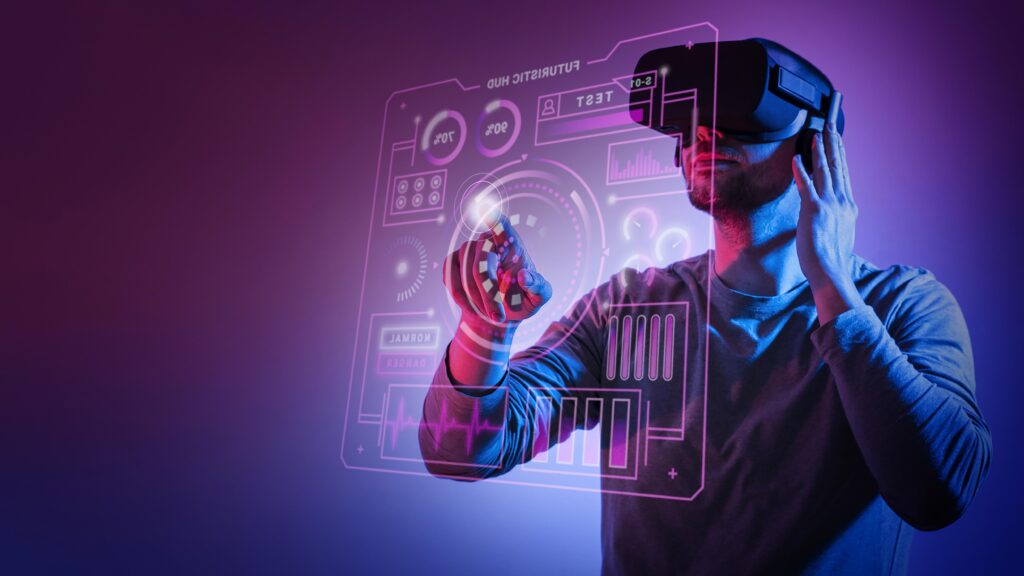
Internet of Things (IoT)
Key Features:
- Smart device interconnectivity
- Real-time data monitoring and analysis
- Remote operation of systems
- Enhanced automation in homes and industries
The Internet of Things (IoT) connects everyday devices, enabling them to communicate and share data over the internet. By 2025, IoT will transform how businesses operate, with smart factories, predictive maintenance, and automated supply chains becoming commonplace. Smart homes and cities will also benefit from IoT advancements, improving energy efficiency, transportation, and healthcare services.
In healthcare, IoT-enabled devices will monitor patient vitals remotely, sending real-time data to doctors for more efficient, proactive treatment. The integration of IoT with AI and 5G will allow for more sophisticated autonomous systems across various industries.
Extended Reality (XR)
Key Features:
- Immersive experiences via AR, VR, and MR
- Blurring lines between the physical and digital worlds
- Applications in gaming, education, and remote work
- Enhanced collaboration and training tools
Extended Reality (XR), encompassing Augmented Reality (AR), Virtual Reality (VR), and Mixed Reality (MR), is reshaping how we interact with digital content. XR technologies provide immersive experiences by merging digital and physical environments, offering transformative applications in industries like gaming, entertainment, healthcare, and education.
By 2025, XR will be central to remote collaboration, allowing workers to interact with virtual representations of objects or processes in real-time. This will enable more effective training, design, and engineering, enhancing productivity and creativity. In retail, customers will experience virtual shopping environments, while in education, immersive learning will create more engaging and personalized experiences.
Edge Computing
Key Features:
- Real-time data processing at the edge of networks
- Improved latency and bandwidth efficiency
- Supports IoT and AI applications
- Reduced reliance on centralized cloud computing
Edge computing is emerging as a powerful technology that processes data closer to its source rather than relying solely on cloud computing. By moving computation and data storage closer to devices, edge computing reduces latency, improves bandwidth efficiency, and enhances data security.
This technology is particularly beneficial for industries where real-time processing is critical, such as autonomous vehicles, healthcare, and manufacturing. With the expansion of IoT and AI, edge computing will become even more important by 2025, enabling faster decision-making and reducing the strain on centralized cloud infrastructures.
Autonomous Vehicles
Key Features:
- Self-driving technology
- Integration with AI, IoT, and 5G
- Real-time data processing for navigation and safety
- Increased efficiency in logistics and transportation
Autonomous vehicles are one of the most anticipated technological advancements in transportation. Powered by AI, IoT, and 5G, self-driving cars, trucks, and drones are becoming more capable of navigating complex environments and making real-time decisions without human intervention.
By 2025, the logistics industry will see a significant shift towards autonomous delivery systems, improving efficiency and reducing costs. The automotive industry will also see the integration of autonomous features, such as advanced driver assistance systems (ADAS), making roads safer and reducing human errors in driving.
Cybersecurity and Zero-Trust Architecture
Key Features:
- Real-time threat detection
- AI-driven cybersecurity tools
- Zero-trust network access (ZTNA)
- Advanced encryption and privacy measures
With the growing reliance on digital platforms and the increasing sophistication of cyber threats, cybersecurity will be a critical focus for organizations in 2024 and 2025. The zero-trust architecture, which operates on the principle of “never trust, always verify,” will play a central role in defending against cyber-attacks.
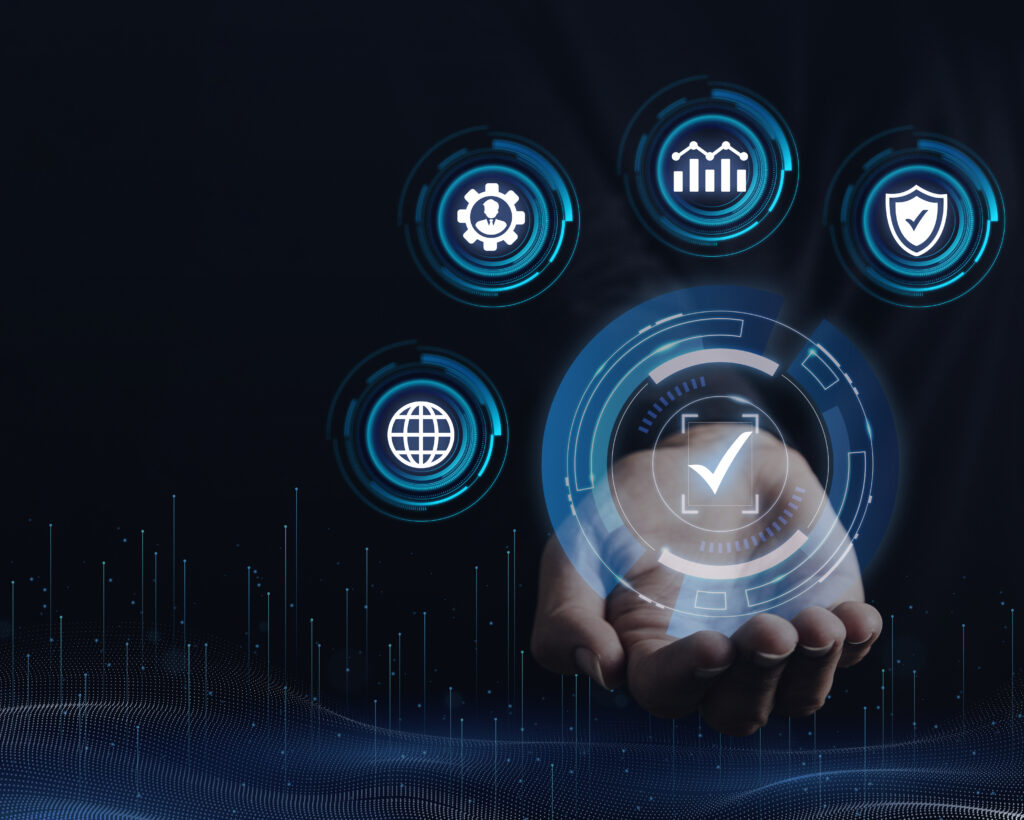
Cybersecurity solutions will increasingly incorporate AI to detect and respond to threats in real-time, making systems more adaptive and secure. This approach will be vital in protecting critical infrastructure, financial systems, and sensitive data as cybercriminals deploy more advanced attack techniques.
Digital Twins
Key Features:
- Real-time simulation of physical objects
- Predictive maintenance and process optimization
- Remote monitoring and control
- Improved decision-making in manufacturing and urban planning
Digital twins are virtual replicas of physical assets, processes, or systems that use real-time data to simulate their performance. By 2025, digital twins will be widely used in industries such as manufacturing, construction, and healthcare to optimize operations, predict failures, and improve decision-making.
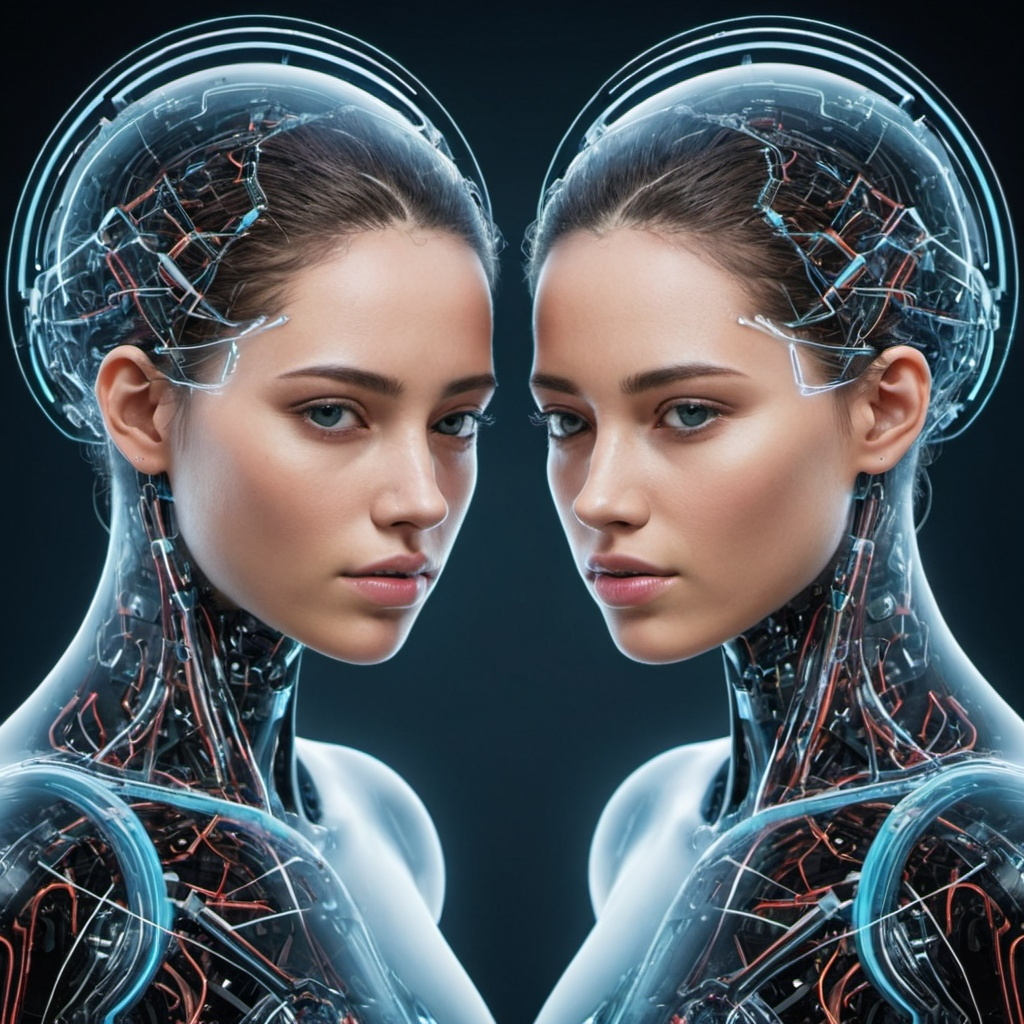
For example, in the automotive industry, digital twins can simulate the performance of a car before it’s physically built, reducing costs and improving design efficiency. In healthcare, digital twins of patients can help doctors test treatment plans virtually before administering them.
Sustainable Energy Technologies
Key Features:
- Renewable energy sources
- Energy storage advancements
- Smart grids and microgrids
- Decarbonization of industries
The demand for sustainable energy solutions is rising as the world confronts climate change and resource scarcity. By 2025, technological advancements in renewable energy sources such as solar, wind, and hydropower, as well as innovations in energy storage systems, will play a critical role in the transition toward greener, more efficient power systems.
Smart grids and microgrids, enabled by AI and IoT, will help balance energy supply and demand, reduce outages, and optimize energy consumption. Industries will adopt sustainable energy technologies to decarbonize processes, reducing their environmental footprint and contributing to global climate goals.
Biotechnology and Genetic Engineering
Key Features:
- CRISPR and gene editing
- Personalized medicine
- Biomanufacturing
- Synthetic biology innovations
Advancements in biotechnology and genetic engineering are reshaping healthcare, agriculture, and environmental management. Techniques like CRISPR gene editing allow scientists to modify genetic material with precision, opening new doors for treating genetic disorders and creating disease-resistant crops.
By 2025, personalized medicine based on an individual’s genetic makeup will become more prevalent, offering tailored treatments for conditions such as cancer and autoimmune diseases. Biomanufacturing and synthetic biology will also lead to breakthroughs in sustainable materials and biofuels, reducing dependence on fossil fuels and improving environmental sustainability.
Human Augmentation and Brain-Computer Interfaces (BCI)
Key Features:
- Direct communication between the brain and external devices
- Enhanced cognitive and physical abilities
- Neuroprosthetics and exoskeletons
- Applications in healthcare and accessibility
Human augmentation technologies, including brain-computer interfaces (BCI) and neuroprosthetics, are pushing the boundaries of human potential. BCIs enable direct communication between the brain and external devices, allowing individuals to control computers, prosthetics, or other equipment with their thoughts.
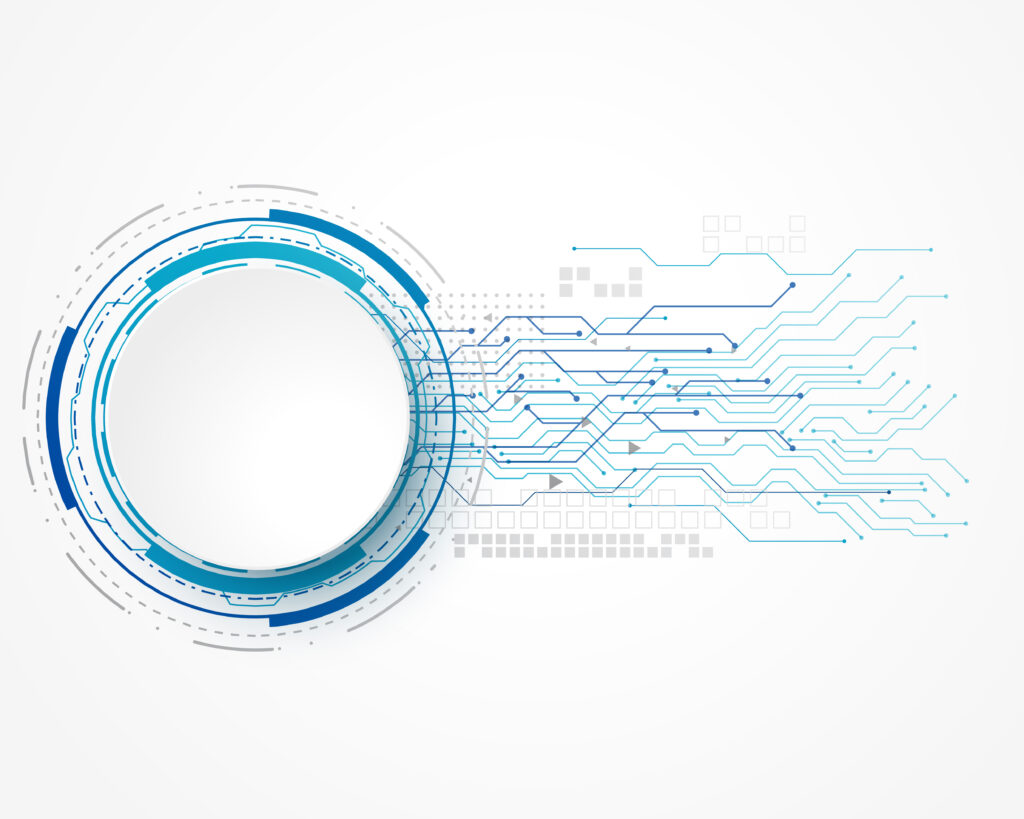
By 2025, human augmentation will advance in healthcare, particularly for patients with paralysis or neurological disorders. BCIs will enable more seamless interaction with technology, and exoskeletons will enhance physical abilities, supporting individuals with mobility challenges.
Robotics and Automation
Key Features:
- Advanced robotic systems with AI integration
- Automated manufacturing and logistics
- Collaborative robots (cobots)
- Improved precision and efficiency in various industries
Robotics and automation are transforming industries by performing repetitive and dangerous tasks with greater speed and accuracy. By 2025, robots will play an even more significant role in sectors such as manufacturing, agriculture, and healthcare, increasing productivity and reducing human error.
Collaborative robots (cobots) will work alongside humans in factories and warehouses, improving efficiency while maintaining flexibility. Automated systems will be critical in addressing labor shortages and enabling 24/7 operations in industries that require high precision and scalability.
Advanced Aerospace Technologies
Key Features:
- Space exploration and commercial space travel
- Reusable rockets and spacecraft
- Satellite-based internet services
- Emerging industries in space mining and defense
Aerospace technology is on the verge of a breakthrough, with advancements in reusable rockets, space tourism, and satellite-based internet services. By 2025, commercial space travel will become more accessible, with private companies leading the charge in low-earth orbit tourism.
In addition, space mining and defense technologies are expected to emerge as new industries, with the potential to unlock valuable resources from asteroids. Satellite-based services, such as high-speed internet access, will expand to remote areas, further bridging the global digital divide.
AI Content Creation
Although this technology is already here, AI content creation technology is transforming the way digital content is produced, offering unprecedented efficiency, creativity, and personalization. By leveraging advanced algorithms such as natural language processing (NLP) and machine learning, AI tools can generate a wide range of content—from articles and blogs to videos and social media posts—at a fraction of the time and cost compared to traditional methods.

These systems can analyze large datasets to understand trends, user preferences, and stylistic nuances, allowing them to create highly relevant, audience-specific material. AI-driven platforms like GPT models can even emulate human-like writing, delivering coherent and engaging narratives, while AI-powered video and graphic tools streamline visual content creation. As this technology continues to evolve, it is increasingly being used in marketing, journalism, entertainment, and education, allowing creators to focus on more strategic and creative aspects of their work, while automating repetitive tasks.
Conclusion
The years 2024 and 2025 promise exciting technological advancements across various fields, from AI and robotics to quantum computing and biotechnology. These technologies will reshape industries, create new opportunities, and address some of the world’s most pressing challenges, such as sustainability and healthcare. Staying informed about these trends will be essential for businesses, professionals, and innovators looking to harness the power of technology for growth and progress.
In a nutshell, the rapid pace of technological evolution in 2024 and 2025 will redefine industries and reshape the way we live, work, and interact. Technologies such as AI, 5G, quantum computing, and blockchain will drive unprecedented innovation, fostering new opportunities and challenges across sectors. The convergence of these technologies will create smarter, more efficient systems, from autonomous vehicles to decentralized finance and immersive digital experiences through extended reality.
Additionally, advancements in fields like biotechnology, sustainable energy, and robotics will address critical global issues, including healthcare, environmental sustainability, and productivity. These innovations promise to solve complex problems, enhance human capabilities, and transform daily life. As these trends gain momentum, organizations and individuals must stay adaptable, learning how to leverage them to stay competitive in an increasingly digital and interconnected world. By embracing these cutting-edge technologies, we can unlock a future that blends human ingenuity with the power of machines, shaping a more advanced, inclusive, and sustainable global society.
Curated Reads






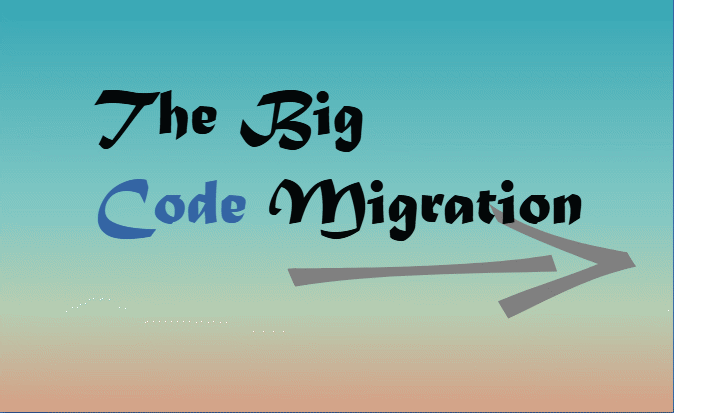
Attractive section of content I just stumbled upon your blog and in accession capital to assert that I get actually enjoyed account your blog posts Anyway I will be subscribing to your augment and even I achievement you access consistently fast
I am truly thankful to the owner of this web site who has shared this fantastic piece of writing at at this place.